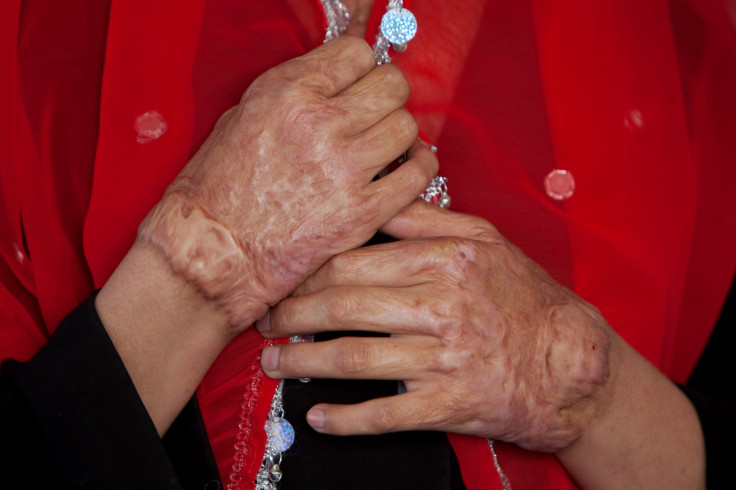Burn Scars May Be Prevented By New Non-Invasive Method Devised By Researchers
Researchers have developed a new non-invasive method that uses collagen cells to prevent scarring caused by burn injuries. They prevented the formation of burn-related hypertrophic scars that are caused by excessive amounts of collagen by using short, pulsed electric fields.
The study was carried out by a group of researchers from Tel Aviv University (TAU) and Harvard University and published Friday in the Journal of Investigative Dermatology.
“People don’t die from scars, but they do suffer from them," said Dr. Alexander Golberg of TAU’s Porter School of Environmental Studies, who led the research. “We believe that the technology we developed, called partial irreversible electroporation (pIRE), can be used to prevent debilitating burn scars from forming.”

According to the World Health Organization, 10 percent of unintentional-injury deaths are caused by fire-related burns. Even in cases that do not result in death, the scarring takes a physical, psychological and social toll on the victims.
The pIRE technique controls the body’s natural response to trauma by destroying collagen cells partially using microsecond-pulsed, high-voltage, non-thermal electric fields. The proliferation of these cells is what causes permanent scarring. However, a delicate balance had to be achieved by the researchers in order to prevent the formation of a new wound or “overhealing” of the existing wound.
The researchers treated burn injuries in rats in five therapy sessions over six months. They then assessed the rats using an imaging technique developed by researchers at Massachusetts General Hospital in the U.S. and found a 57.9 percent reduction of the scar area in comparison with untreated scars.
“Surgical excision, laser therapy, electron-beam irradiation, mechanical compression dressing, silicone sheet application and other techniques have been tested to treat scars over the years but there have been only modest improvements in the healing outcomes among all these treatments,” said Golberg.
Considering the significant improvement in the rats, Golberg addressed the need of human clinical studies by saying: “We have found a way to partially prevent scar formation in animal models. Next we need to raise funding to develop a device for the clinical study on humans.”



























